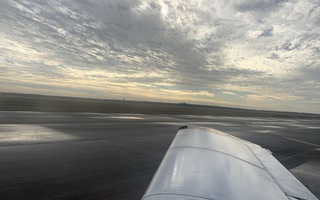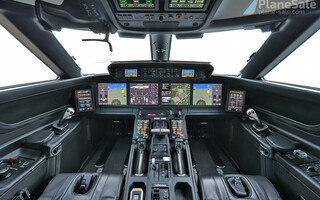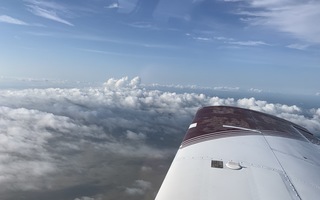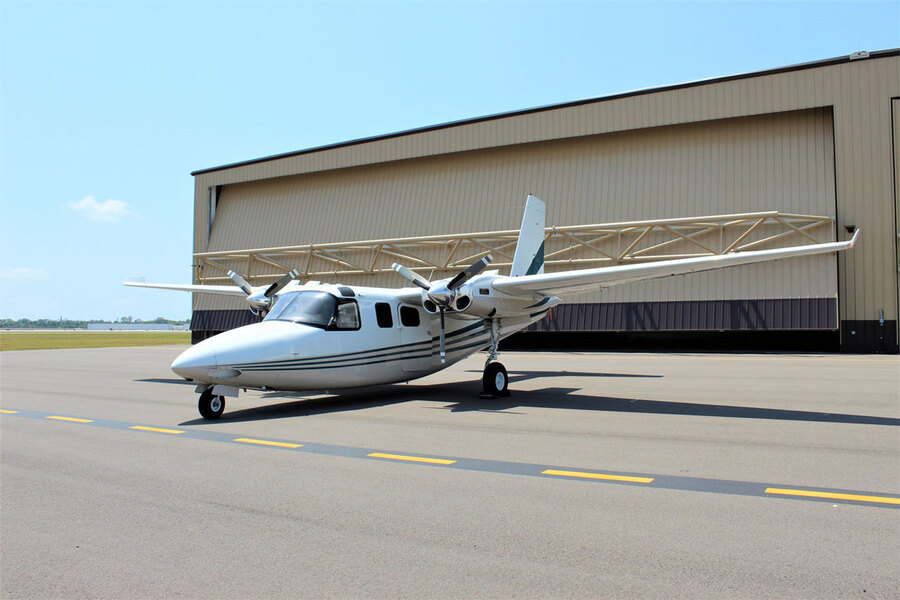Whether you're going for a multi add-on to a previous certificate or doing a "fresh" multi certificate so to speak, you'll need to know these popular topics that almost every examiner will ask. They're the most important factors about multi flying and knowing them also keeps you safe.
Well the most obvious answer here is one has one engine and the other has 2 or more. Tell that to your DPE and see if you can get a laugh out of them (and then follow with this elaboration).
On a single engine plane when you lose an engine, you can no longer climb. You pitch for airspeed, find a spot to land, run through your checklist to diagnose the problem and then try to restart the engine. The danger here is stalling if you lose too much airspeed. In multi engine planes, the danger is the yaw that becomes uncontrollable until it rolls the plane over. You very quickly have to bring pitch to Vyse, manage your power settings, clean up any drag (like landing gear and flaps) and then the famous identify, verify and feather. These are life saving procedures that prevent you from becoming an accident statistic. You're preventing the yaw and stopping the plane from going below Vmc.
The definition for Vmc is that it is "the minimum control speed with the critical engine inoperative" and is marked by a red line on most airspeed indicators. You can find this on page 12-2 of the Airplane Flying Handbook along with all other V speed definitions. This goes back to what I previously wrote, that if you get below this speed you likely won't be able to recover from the aircraft yaw in the event of an engine loss. This also relates to Vsse, the safe intentional OEI speed. This is on the same page as Vmc in the AFH where it states it's the "minimum speed to intentionally render the critical engine inoperative." So when an MEI is demonstrating engine loss during flight, they don't go below this speed. It gives the pilot a safe margin to keep away from going below Vmc during the demonstration.
This is something that's set by the manufacturer. To memorize how, use the COMBATS acronym.
To add onto this, WHY does the manufacturer do this? All of these conditions are set for the worst scenario. The critical engine is obviously the worst to lose because of airplane controllability, and with full power on the good engine the airplane is now hardest to control. Max takeoff weight and an aft CG can make the airplane unstable and hardest to recover from. As for the takeoff configuration, with gear and flaps down this exhibits the most drag.
D. Know your plane.
By this I mean know what type engines you have (horsepower, which one is a critical engine if there is one and why), propellers, max takeoff and landing weights, service/absolute ceilings etc. When you go through these items in the operating handbook, pretend you're teaching it to someone else. This will help you understand it better and point out weak spots that you wouldn't be able to explain to a DPE. For example, the multi plane I fly has constant speed, hydraulically actuated, full feathering props. When an engine is lost, I'm still able to feather the plane without oil pressure (which keeps the prop at a low pitch) from the propellor governor. Without oil pressure the propellers go back to feathered position, and once oil pressure is lost this is where dry nitrogen kicks into place. Here's the best photo I could find to help illustrate the propeller system:
If you're like me and taking a multi check ride soon, then study study study ALL of this and be ready to explain it to a DPE! Stay calm, ask questions to clarify anything you don't understand, and most of all believe in yourself.
If you passed the exam and ready to buy a plane, then you know where to go! Go to our main page on the site plane-sale.com and start searching.






